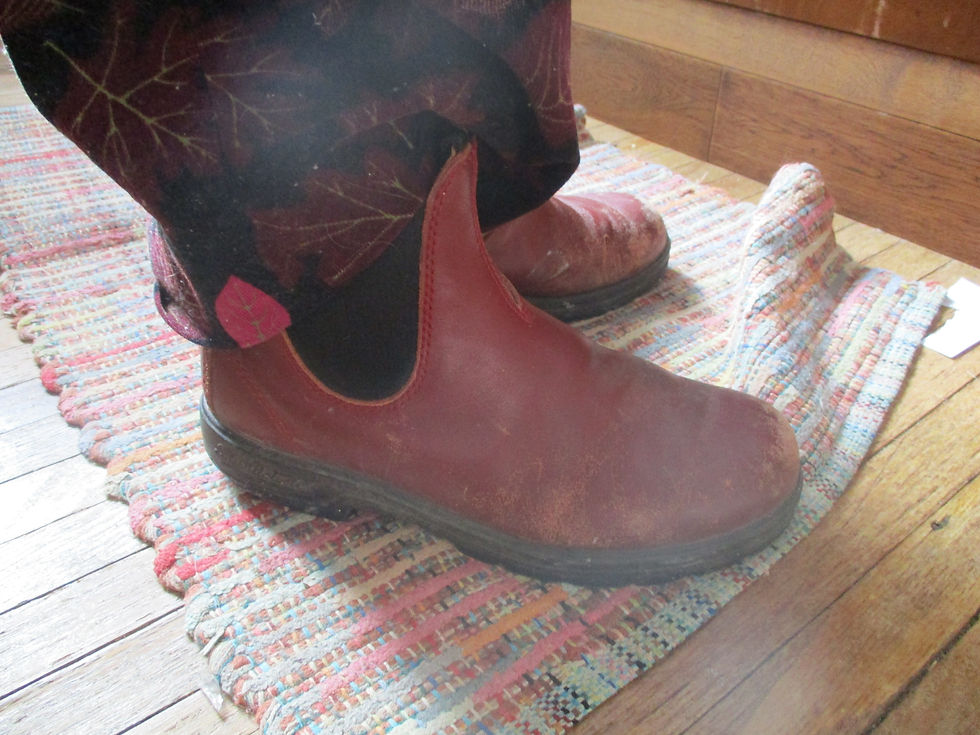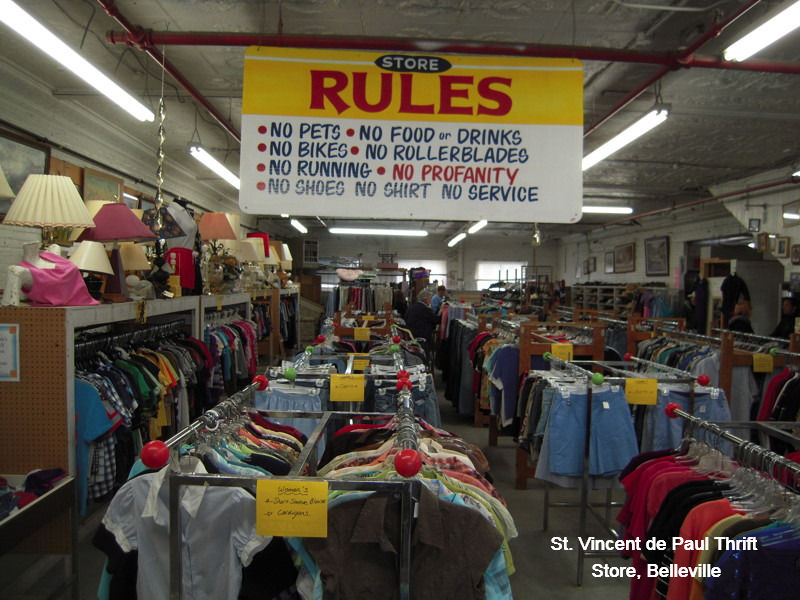Will What You Wear Wear Out Too Soon?
- Laura Crystal
- Jan 9, 2020
- 2 min read
If you are buying new clothing, shoes, or really anything, make sure you buy something that is good quality. It will be more expensive in the moment (gulp...that's always hard to swallow) but it's the right environmental choice.

Different people choose to buy new things for different reasons. Although I would recommend buying as little new as possible, some, including my husband, may think I'm a little extreme (“No, we don't need new knives,” I say as I, with great effort, force my knife through a piece of pear.) That said, I do tend to splurge on my shoes. I walk a lot and so, for me, buying new shoes makes sense.
But I make sure to buy good quality shoes that will last because I can't stand the idea of creating more garbage than I need to.
Now, here's the the part that prevents a lot of people from buying better quality, longer lasting items: my good quality shoes cost about $100- $150 (depending on the style). This may seem like a lot to shell out at once (because it is!) especially when you can buy a cheap pair of shoes for $30-$50. BUT these shoes will last me 10+ years, often wearing them daily (in the season they are meant for- sandals in summer, etc.) while the cheaper shoes would only last me about 3 years (or less). That means that in the lifetime of one pair of good quality shoes, I would have bought 3 cheap pairs.
When I do the math, I'd be spending $90- $150 either way.
In the long run, it turns out, there is not much difference financially between cheaply made and good quality items. Knowing this, frees us, as consumers, to choose clothing, shoes and more based on environmental impact instead of price.
Good quality items last longer so you buy fewer things which means less garbage and fewer resources used to make and ship the products.
So, when you're buying new, choose long lasting products and make sure that what you wear doesn't wear out too soon!
To help you figure out what products will last, research the brand, talk to people you know and learn from past experiences.



Comments